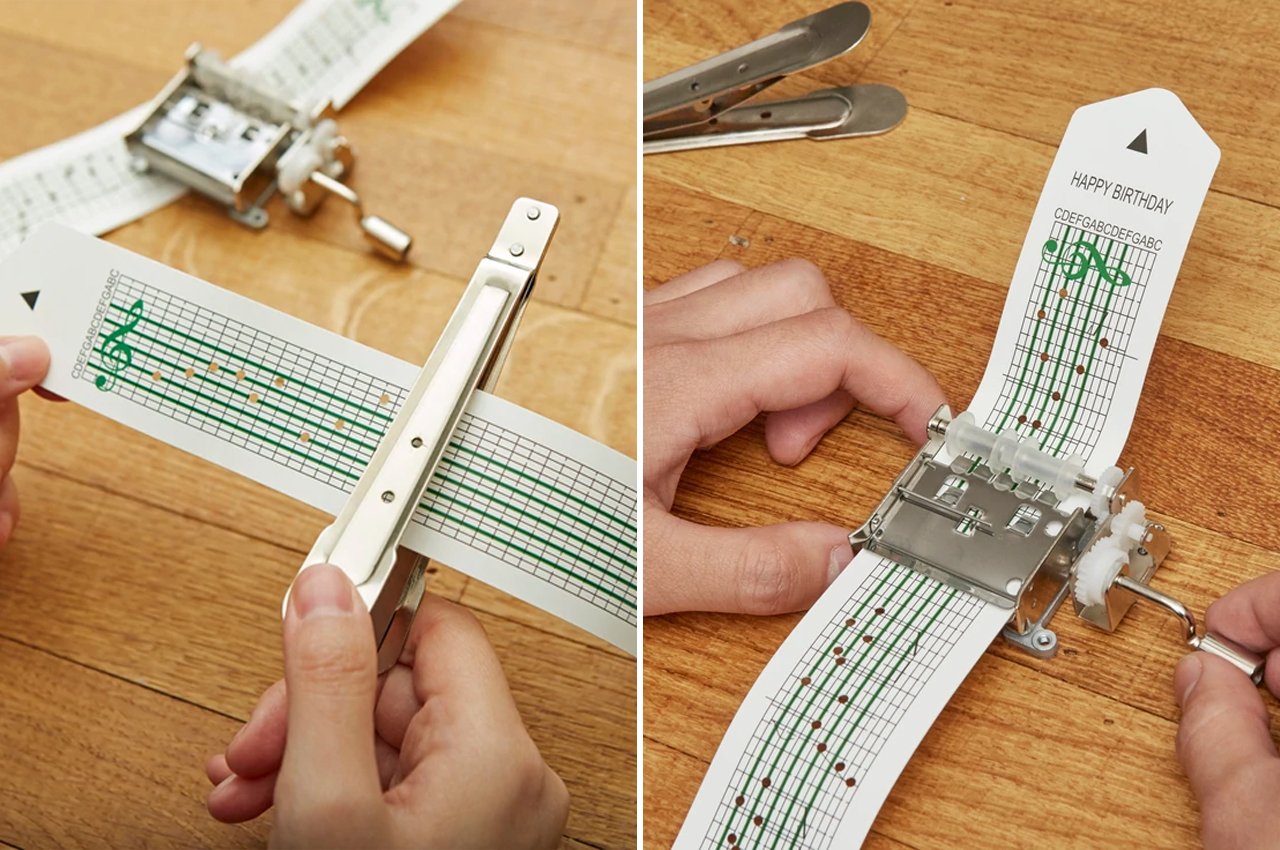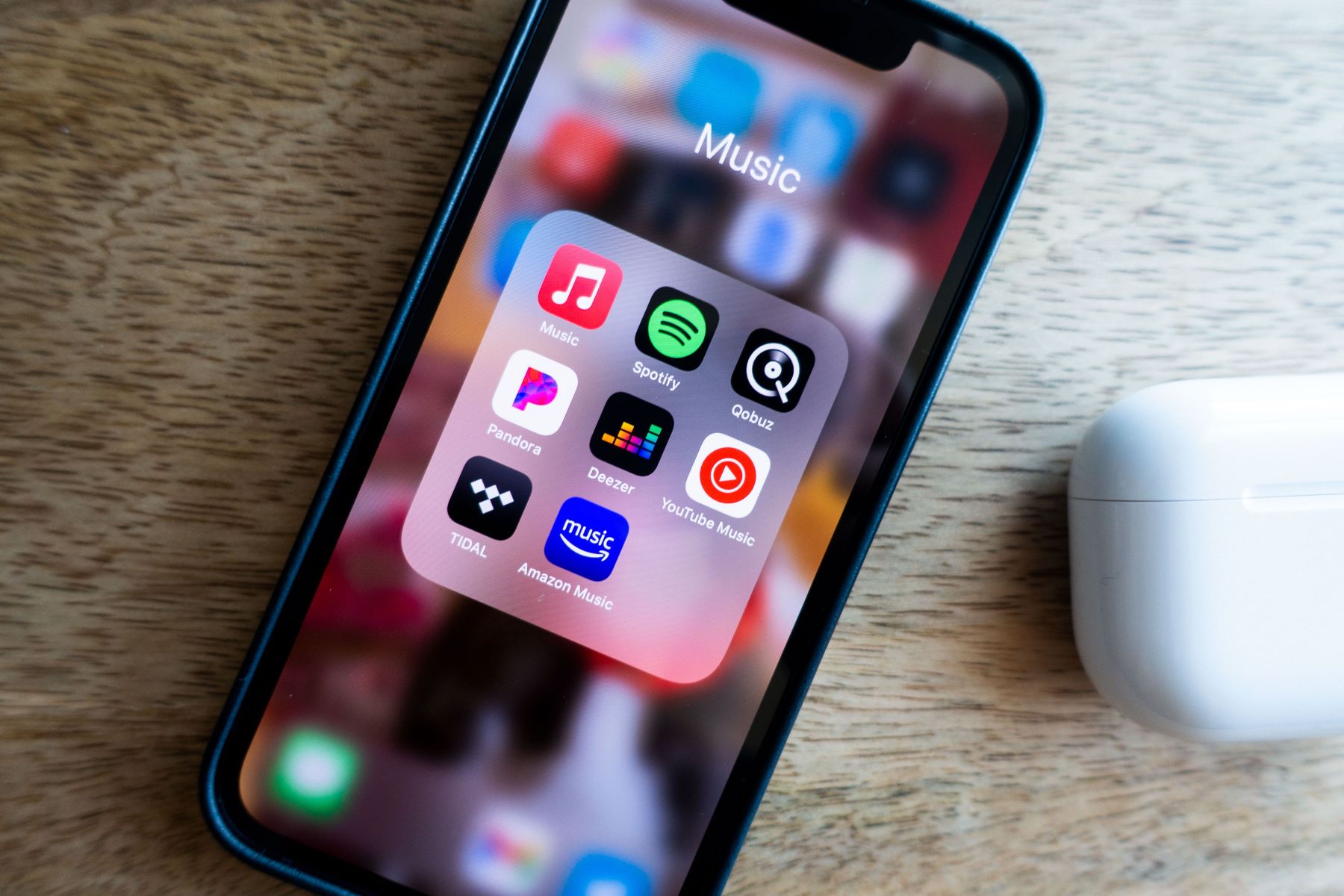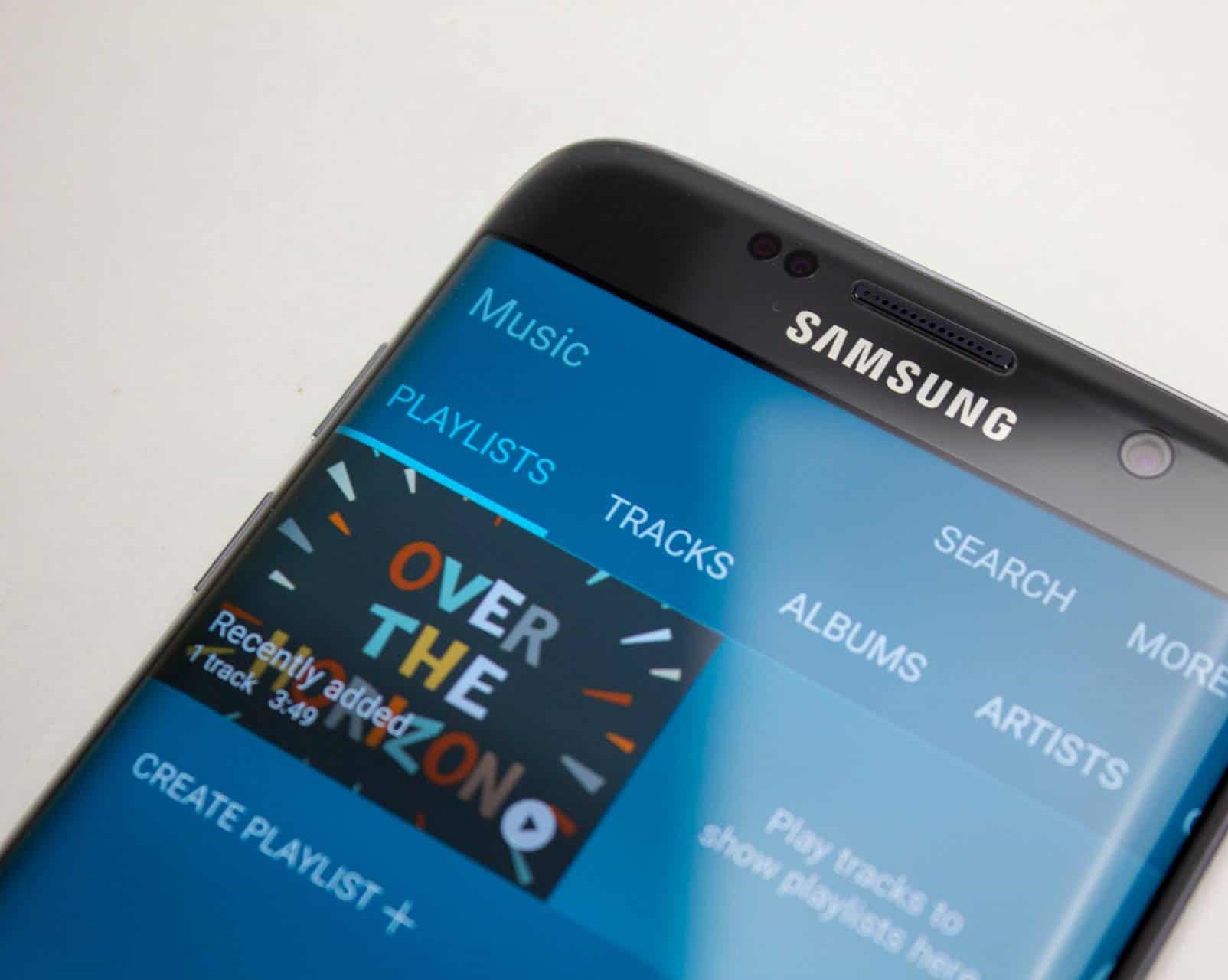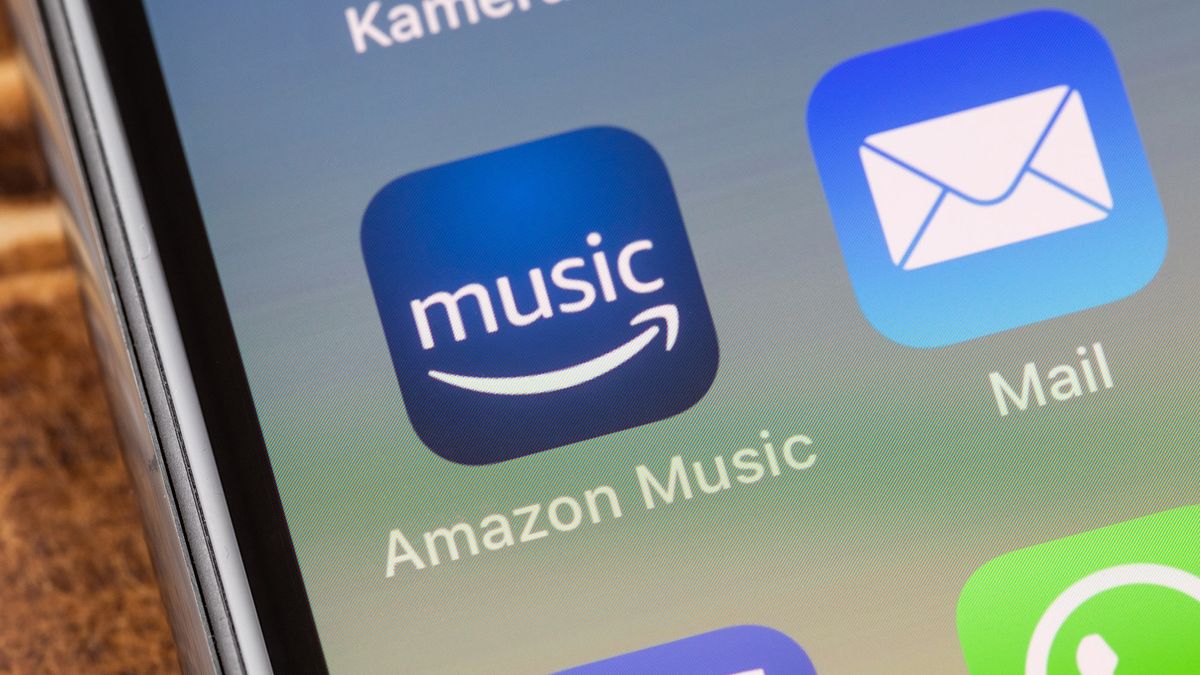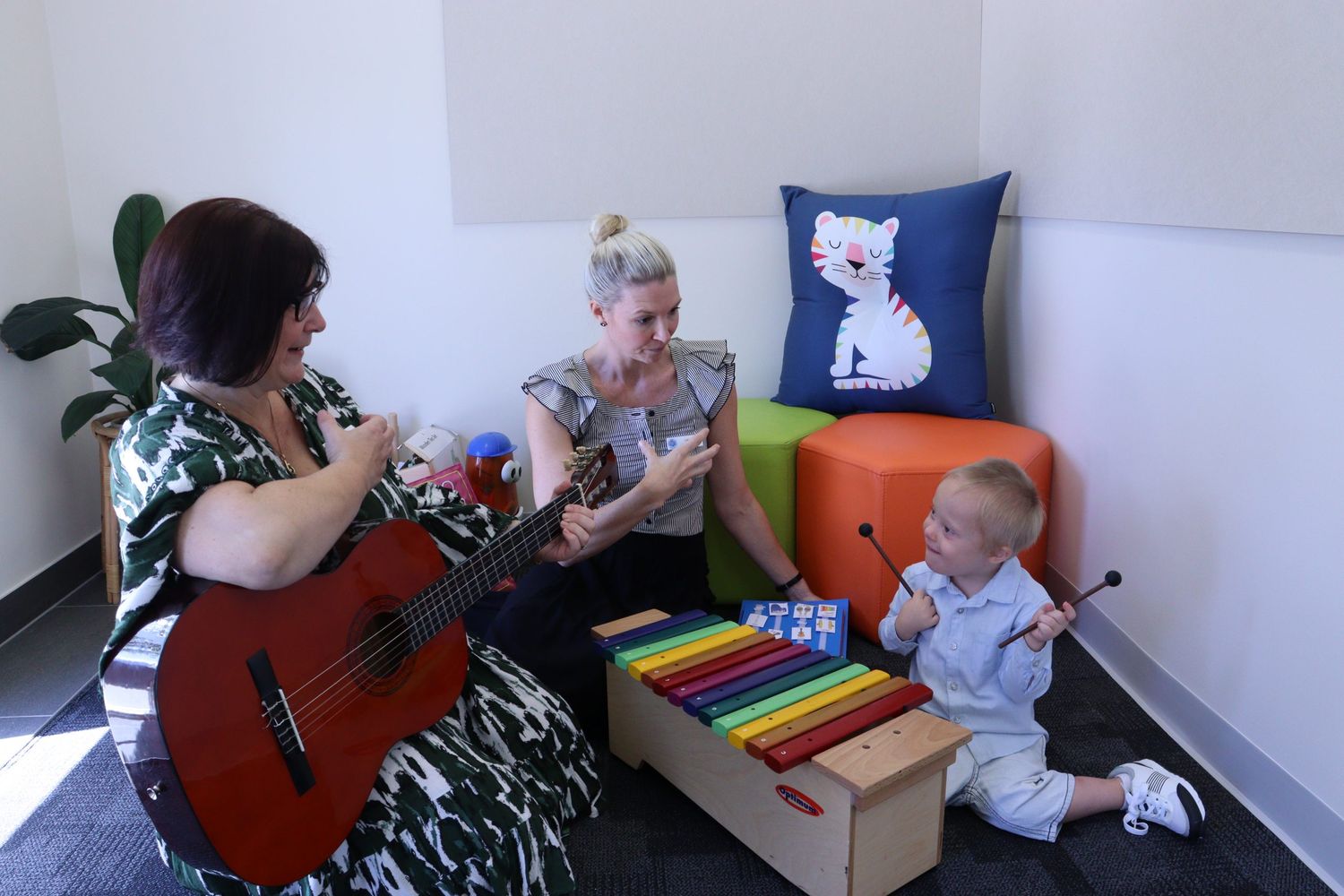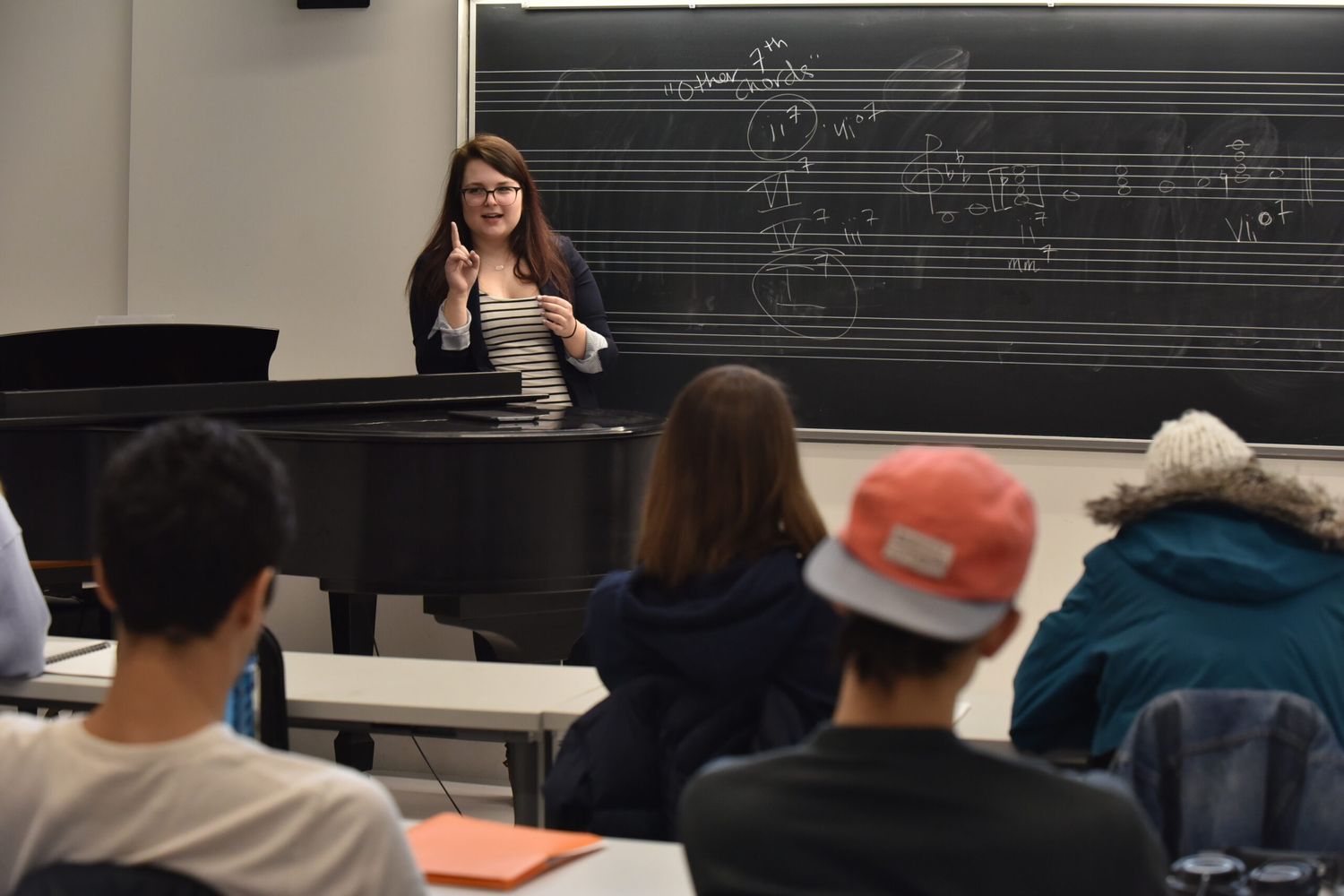Home>Production & Technology>Technology in the Music Classroom
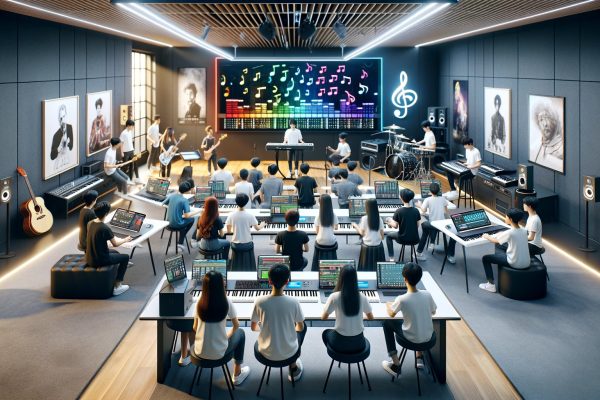

Production & Technology
Technology in the Music Classroom
Modified: February 26, 2024
Discover the harmonious fusion of technology and music education. Explore digital composition tools, virtual classrooms, and the modern evolution of music learning.
(Many of the links in this article redirect to a specific reviewed product. Your purchase of these products through affiliate links helps to generate commission for AudioLover.com, at no extra cost. Learn more)
Table of Contents
- 1. Digital Instruments and Software
- 2. Interactive Learning Platforms
- 3. Virtual Reality (VR) and Augmented Reality (AR)
- 4. Online Collaboration and Remote Learning
- 5. Music Composition Software
- 6. Accessibility and Inclusivity
- 7. Wearable Tech and Intelligent Instruments
- 8. Effect on Traditional Music Teaching
- 9. Digital Music Libraries and Streaming Platforms
- 10. Data-Driven Insights in Music Education
- Final Word
Technology has quickly become a vital tool in modern education, revolutionizing traditional classrooms into dynamic and engaging learning experiences for students and teachers. Music classes have resisted this shift as cutting-edge technologies continue transforming how music is taught and experienced in class settings. This article delves deeper into technology’s role within music education settings. The article describes how it deepens musical education, fosters creativity, and links students with the world of musical expression.
1. Digital Instruments and Software
Traditional music education primarily involved teaching with acoustic instruments; however, modern classrooms now incorporate digital tools and software to broaden musical horizons. Electronic keyboards, digital audio workstations (DAWs), and virtual devices offer students hands-on experiences with diverse genres and sounds, providing hands-on musical exploration. Furthermore, they bridge classical with contemporary genres to meet diverse musical tastes.
2. Interactive Learning Platforms
Technology offers interactive learning platforms designed for music education. These platforms provide engaging lessons, tutorials, and practice sessions tailored to individual skill levels. Apps and online platforms actively enable students to study music theory, sight-read exercises, receive instant feedback on performances, and receive instantaneous results for performances they give feedback on. Gamification makes music education enjoyable while encouraging consistent practice and skill acquisition.
3. Virtual Reality (VR) and Augmented Reality (AR)
Immersive technologies like virtual and augmented reality are making an impressionable mark in music education classrooms today. Virtual Reality (VR) lets students step inside virtual concert halls, experience music festivals, or even take virtual seats within orchestras; AR provides additional information that furthers understanding of musical compositions; both technologies enhance sensory experiences that make music education more vivid and memorable for students.
4. Online Collaboration and Remote Learning
Online collaboration tools have revolutionized how music students collaborate and produce. No matter their distance or circumstances, students can collaborate in real-time through platforms that facilitate remote music production and ensemble performances – opening up musical collaboration to even more students while simultaneously preparing them for life in today’s music industry. In case you need professional writing help you can pay for essay at WritePaperForMe.
5. Music Composition Software
Music composition has transformed with the arrival of advanced software tools. Students can experiment with music composing using programs that enable them to write, edit, and arrange musical scores digitally; platforms often come equipped with pre recorded instrument sounds that allow students to preview their compositions realistically; this technological shift enables students to unleash their creativity while exploring various musical elements to find their unique musical voice.
6. Accessibility and Inclusivity
Technology has played a critical role in making music education more inclusive and accessible. Digital platforms offer resources tailored to learners of varying abilities, with adaptive technologies explicitly tailored to individual requirements. Accessibility apps and software ensure all students can actively engage in music education, regardless of physical or cognitive differences.
7. Wearable Tech and Intelligent Instruments
Innovative, bright instruments and wearable technology innovations create an engaging music learning experience. Equipped with sensors and connectivity features, bright tools offer real-time feedback on technique, pitch, and rhythm; wearable tech like smartwatches can be integrated into lessons to track practice time, monitor physiological responses during musical activities, and enhance overall well-being during studies.
8. Effect on Traditional Music Teaching
As technology opens up exciting possibilities in music classrooms, its use also necessitates a reevaluation of traditional teaching methods. Educators have begun adopting blended approaches that combine conventional instruction with technology-enriched lessons; teachers now serve a dual role by leading their students through digital resources while creating an ideal balance between technical proficiency and expressive artistry inherent to music.
9. Digital Music Libraries and Streaming Platforms
Digitization has extended beyond music creation and learning processes to the realm of libraries and streaming platforms. Digital repositories and services offer vast collections of musical works from diverse genres and periods; students can explore classical masterpieces as well as contemporary compositions by simply tapping a finger! Access to such comprehensive collections enriches students’ understanding of different musical styles while broadening their appreciation of cultural and historical aspects of music.
10. Data-Driven Insights in Music Education
With the rise of technology, data-driven insights are playing an increasingly vital role in tailoring music education to individual student needs. Learning platforms and software collect information on students’ progress, practice habits, and areas of difficulty that educators can use to personalize teaching approaches by targeting specific challenges while strengthening areas of strength. Leveraging these strategies further maximizes the effectiveness of music education overall.
Final Word
As technology develops, its effects on music education will undoubtedly alter its future. Adopting innovations allows educators to foster an immersive and stimulating learning environment for students – encouraging exploration, creation, and connection with music in ways once unimaginable. Combining traditional musical principles with cutting-edge tech propels music education further than ever, providing support for future musicians and enthusiasts in their musical journeys.

